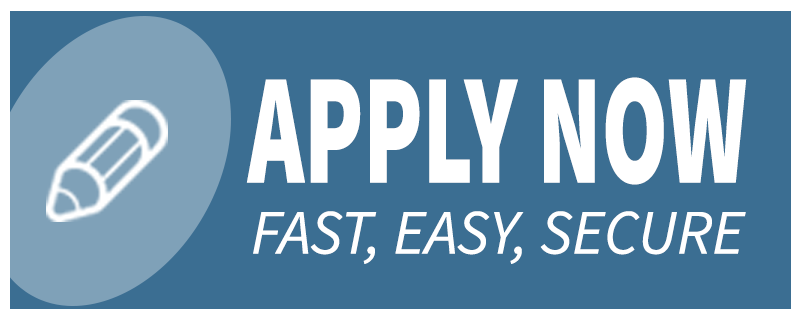OSFI Announces New Underwriting Guidelines for Uninsured Mortgages
2017-10-19 | 10:24:49
Earlier this week, the Office of the Superintendent of Financial Institutions (OSFI) published an update to its B-20 residential mortgage underwriting guidelines. The new rules take effect January 1, 2018, and apply to all federally regulated financial institutions. The most notable change is a new stress test which will apply to uninsured mortgages.
Here is a quick summary of the various mortgage types and how they will be qualified in the new year. Which category do you fall into?
INSURED MORTGAGES: Purchases with a down payment of between 5% and 19.99%. Must qualify at the benchmark rate (currently 4.89%). Maximum amortization is 25 years. Borrower pays the default insurance premium.
INSURABLE MORTGAGES: Like insured mortgages, qualified using the benchmark rate with a maximum 25 year amortization. Equity/down payment must be at least 20%. The borrower typically does not pay the default insurance premium, but that may vary depending on the property type and lender.
UNINSURED MORTGAGES: Neither the borrower nor the lender pay a default insurance premium. Whereas up until now, uninsured mortgages could be qualified at the contract rate, going forward they will be subject to a stress test as well. However, this stress test is unique, and will be even more aggressive than the one applied to insured and insurable mortgages. The qualifying rate for uninsured mortgages will be the greater of the Bank of Canada's benchmark rate or the contract rate plus 2%.
POTENTIAL IMPACT AND UNINTENDED CONSEQUENCES
Perhaps the most disappointing aspect of these new guidelines is that they will not only affect potential homeowners, but existing homeowners as well. For example, what happens if someone who has been paying down their mortgage steadily for years without any issue now wishes to replace their windows? That's about $20,000 - $30,000 right there. If they can't qualify to refinance their mortgage they might have to get a bank loan, a line of credit, or finance through the window company. They now have additional monthly payments, additional non-mortgage debt, and most importantly, their equity remains inaccessible. This is the same hard earned equity that can be used to finance a child's education, investment products, etc.
The new guidelines for uninsured mortgages may also drive more borrowers to seek private mortgages. The most obvious problem with this is that private lending involves much higher interest rates and legal fees. In addition, private mortgages are typically set up for about a year at a time because they are intended to be short term solutions to short term problems. Private mortgages are about helping someone keep their head above the water -- they are not designed to help pay off a home any sooner. Private mortgages are often set up with interest-only payments, meaning that once the term is up the borrower has not even made a dent in the principal balance owing. In addition, the borrower must once again face the dilemma of how to qualify once the private mortgage matures.
We could go on, but the rule changes that have taken place over the last couple of years continue to push would-be buyers to the sidelines. And not just temporarily, but possibly forever. This has also created a domino effect by putting increased pressure on the rental housing market, both with respect to pricing and availability. In turn, it is becoming harder to save for a down payment and many Canadians will not be able to fulfill their dream of owning a home. It is well known that home ownership has made a positive contribution to the economy and job security. As a nation that relies heavily on exporting -- which now faces additional challenges such as U.S protectionism and an increase to the minimum wage here in Ontario -- we should not be surprised once the impact of these new regulatory guidelines trickles through into the economy.
Stress test, you say? Stress indeed.





